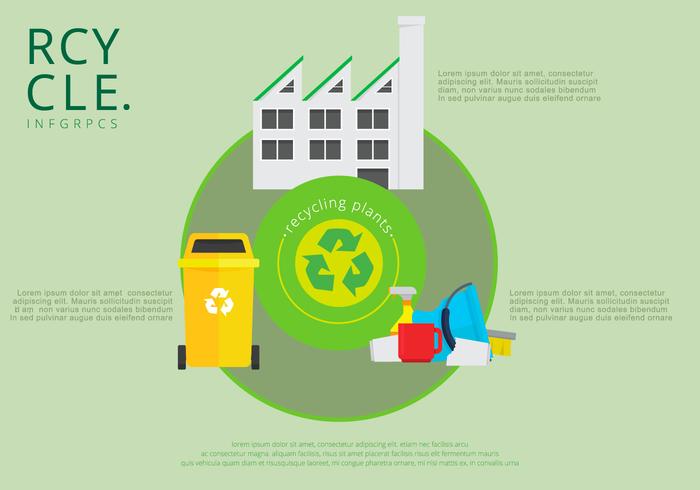Practical Advice For Waste Control While Restoring Your Home
Practical Advice For Waste Control While Restoring Your Home
Blog Article
Write-Up Writer-Reece Nielsen
When starting a home renovation, waste administration may not be the first thing on your mind, however it's a vital aspect of the procedure. By applying a few simple methods, you can considerably reduce the environmental influence of your project. From clever decluttering strategies to creative reusing remedies, these quick suggestions will not only enhance the effectiveness of your remodelling however also contribute to a much more sustainable outcome.
Pre-Renovation Decluttering
Before diving right into your home improvement project, decluttering your room is an important action to guarantee a smoother and much more organized procedure. Begin by evaluating each area and establishing what products are essential and what can be disposed of or contributed. Be callous in your decluttering efforts; if you have not made use of an item in over a year, it may be time to let it go.
Kind items into classifications such as maintain, give away, recycle, or throw out. Invest in storage space services like bins or shelves to aid organize the products you select to keep. This won't only declutter your area however additionally make it much easier to find points during and after the improvement.
Decluttering prior to dompes de basura cerca de mi won't only streamline the process but likewise conserve you money and time. You'll have a more clear vision of what needs to be done and will not be bewildered by unneeded items.
When you have actually decluttered, you can move on with your renovation project with a fresh and orderly area.
Efficient Waste Arranging
To make sure a smooth and ecologically aware home improvement procedure, effective waste sorting is essential. As find more info begin your renovation task, established designated sorting locations for different kinds of waste.
Positioning different bins or containers for recyclables, dangerous products, and basic waste will simplify the disposal process and make it easier to divert recyclable materials from ending up in landfills.
Label each arranging location plainly to prevent complication and guarantee that everyone associated with the restoration understands where each kind of waste should go. This simple action can help prevent blending of products that could contaminate recyclables or develop security threats throughout disposal.
Recycling and Upcycling Methods
Efficient waste arranging sets the structure for an effective home improvement task. When it pertains to handling waste throughout your improvement, reusing and upcycling methods play a critical role in lowering landfill waste and making best use of the possibility of your products.
Beginning by assigning separate bins for various sorts of recyclables like glass, plastic, and paper. Talk to your local recycling facilities to ensure you're complying with the correct guidelines for disposal.
Think about upcycling products like old furniture, doors, or cabinets as opposed to throwing them away. With a fresh layer of paint or some imaginative modifications, you can offer these items a brand-new life in your remodelled room. Upcycling not only minimizes waste but additionally adds a special touch to your home design.
Search for donation facilities or organizations that approve multiple-use building products. By donating products like light fixtures, cupboards, or tiles, you can aid others while decluttering your space. Keep in mind, a little effort in reusing and upcycling can go a long way in making your home improvement task extra lasting and eco-friendly.
Final thought
Finally, by following the quick suggestions for managing waste throughout a home improvement, you can make the procedure much more reliable and environmentally friendly. Decluttering prior to starting the remodelling, sorting waste into marked bins, and considering reusing or upcycling alternatives can assist minimize the amount of waste mosting likely to land fills. With a little additional effort, you can make a huge influence on the sustainability of your task.
